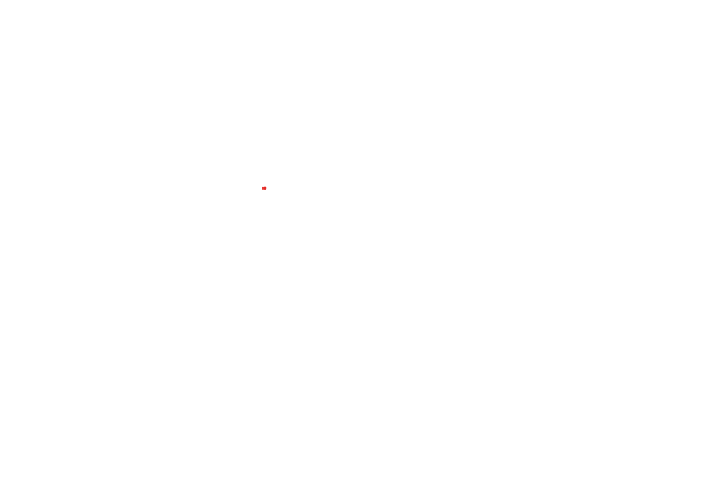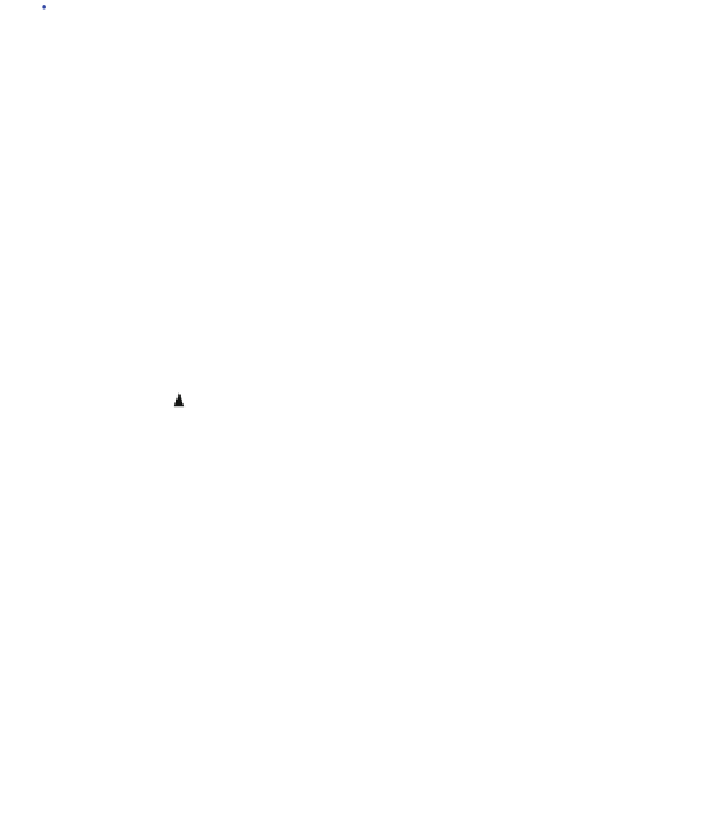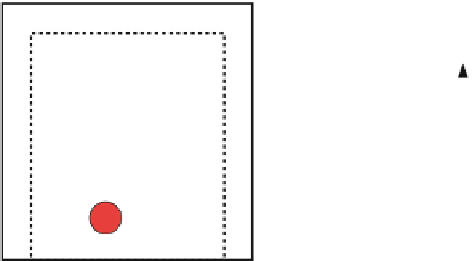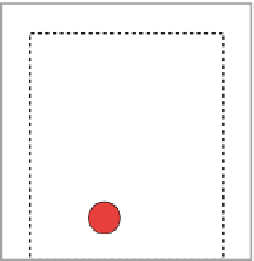Biomedical Engineering Reference
In-Depth Information
current configuration
Ω
x
collagen recruitment
F
e
configuration
F
Ω
r
F
r
X
r
X
Ω
0
force
force
x
X
r
X
reference configuration
,
{
e
i
}
stretch
{
E
i
}
(a)
(b)
Fig. 4 Illustration of the collagen network's state of tension-compression transition in 1D
(a) and 3D (b). a The stress-free configuration of a collagen fibre can be visualised by a one
dimensional rheological analogy (top row) and the concept of crimp (middle row). Once the fibres
are uncrimped and the angular joint in the assembly is straightened out, the top spring
representing the collagen fibres begins to bear load. After this (recruitment) point the force curve
of the idealised material has a higher slope (bottom row). b A multiplicative decomposition of the
deformation gradient F into a recruitment F
r
and elastic part F
e
allows the definition of
appropriate free energy potentials for various constituents and a remodelling of the collagen
network's stress-free configuration in 3D. Colour version available online
free swelling
dynamically loaded
predicted fibre architecture
isotropic
anisotropic
Fig. 5 The fixed negative charges of the glycosaminoglycans lead to an isotropic swelling of the
constructs. The FS group therefore has an isotropic tissue architecture. Dynamic compression
induces axial compressive strains and lateral expansion. Remodelling leads to horizontal fibre
alignment and a similarly anisotropic distribution of the recruitment stretch. In combination, this
leads to higher Young's moduli, lower Poisson's ratios as well as lower, wider and more compact
samples. Colour version available online









































































































































Search WWH ::

Custom Search